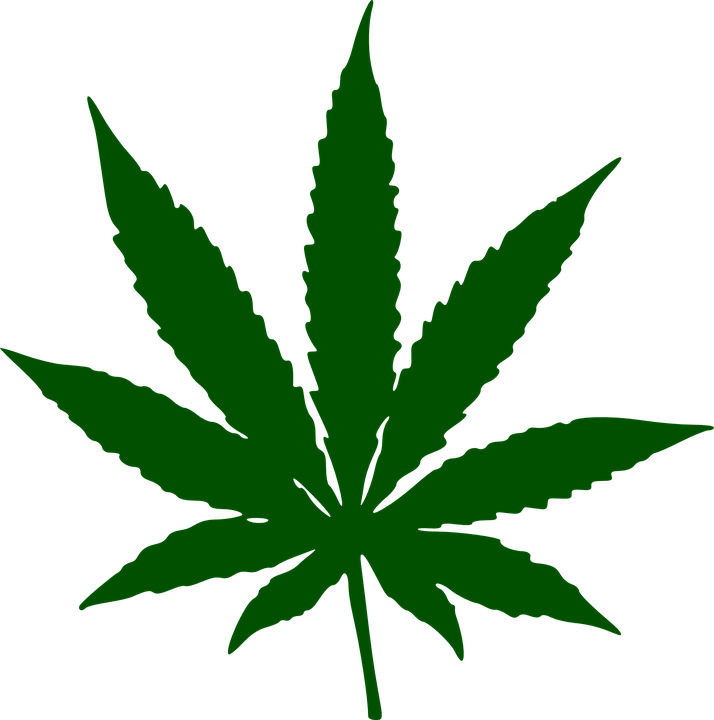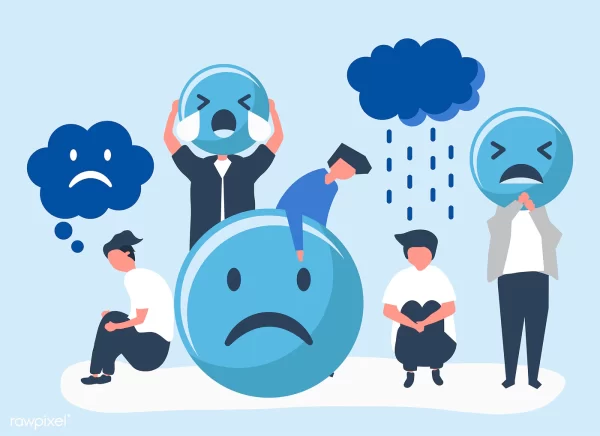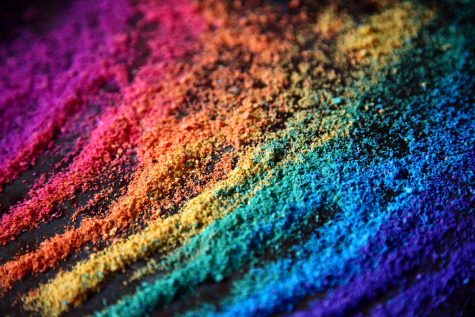THC Ya Later!
December 20, 2017
What is classified under the US federal law as a Schedule I drug is taking the country by storm. A Schedule I drug is defined to be a drug, substance, or chemical with no currently accepted medical use and a high potential for abuse. The classified Schedule I drugs are as follows: heroin, lysergic acid diethylamide (LSD), marijuana (cannabis), methylenedioxymethamphetamine (ecstasy), methaqualone, and peyote. When looking at this list of drugs, there is an immediate contradiction found in it: marijuana.
Marijuana is clearly out of place. This classification stems from the belief that there is no currently accepted medical use of marijuana; however, there happen to be many states that have allowed for this use. Over half of the states in the country have legalized or have set a date for marijuana use for medical purposes to be legal.
Marijuana is superb in helping patients who are suffering from different types of pain. Some of the most notable uses include treating nausea, nerve pain, Multiple Sclerosis, Crohn’s disease, certain types of cancer, and Post Traumatic Stress Disorder (PTSD). Studies have been shown that marijuana has improved conditions for the patients that it has been administered to, significantly easing them through their ailments. This classification as a Schedule I drug is questionable at best as marijuana has successfully treated patients. Along with improving patients’ conditions, allowing the use of marijuana would cut down the amount of opioids being used as painkillers.
Substituting medical marijuana in place of opioids as painkillers is a highly effective way of curbing the ongoing opioid epidemic in the United States, a problem that has become so widespread due to the highly addictive nature of these drugs. Once people have used them to treat their pain, it is hard to be free of these substances. Also, with doctors prescribing these opioids left and right to patients and loads of opioids such as fentanyl being brought into the country, the problem gets worse. People find themselves having very easy access to these drugs and cannot stop once they get addicted. Through the substitution of marijuana for these drugs, however, reliance on opioids will go down. Marijuana is still in debate as to whether or not it is an addictive substance, with most studies claiming that it is not, further supporting its case as a safe alternative.
The effect of medical marijuana legalization on the opioid epidemic can already be seen as well. A study conducted by Yuhan Shi done in early 2017 found that in the 28 states at the time that had legalized marijuana for medical use, the amount of hospitalizations due to opioids dropped significantly. Hospitalizations due to opioid dependence or abuse and opioid related overdoses dropped by 23% and 13% respectively. This is a huge decrease as there are around 90 people who die from opioid overdoses every day in the United States. The economic burden placed on hospitals due to opioid use is also cut back greatly as they do not have to treat nearly as many patients for this reason. Along with economic benefit for hospitals, medical marijuana legalization helps with the current prison problems faced in the United States currently too.
The strain placed on the country by the prison system is high. Lawful citizens pay taxes in order to keep these facilities running and to keep criminals behind bars for the safety of the country.
In 2015, there were more arrests made for marijuana possession than for all violent crimes. With mandatory minimums imposed upon these people, they are spending a long portion of their lives in jail and using up a lot of resources. By legalizing medical marijuana across the country and perhaps even decriminalizing it, this number could be brought down and save money for tax paying citizens. It is inefficient and outright naive to imprison people for such a long time for something so trivial. There are far more dangerous substances and drugs that are being used that people should be imprisoned for over marijuana.
The War on Drugs has unfairly taken marijuana as a victim. With its practical purposes in treating illnesses and chronic pain and its ability to reduce the amount of people in prison for small crimes, marijuana for medical purposes should be considered as the next step forward in improving the United States across all states. With hydrocodone, fentanyl, cocaine, methamphetamines, and oxycodone all classified as schedule II drugs, it is time for an adjustment in the US federal law. We should wave goodbye to marijuana as a schedule I drug and replace it with others far more deserving. Medical marijuana benefits those who need it greatly, and it should not be kept from these people.









